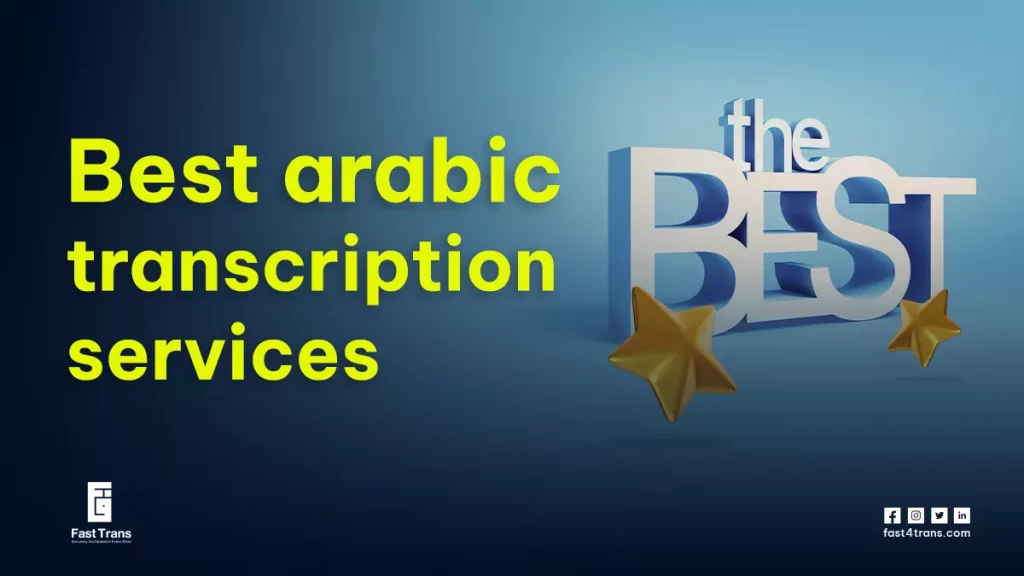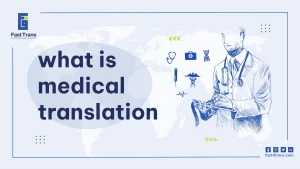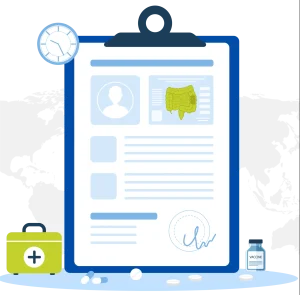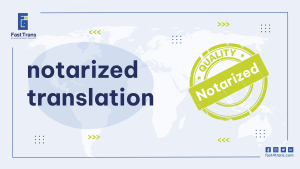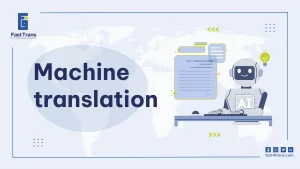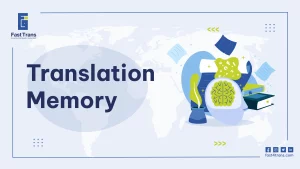This Arabic Transcription Guide explaining transcription which is the process of converting spoken Arabic into written form, ensuring the original content is preserved. It plays a crucial role in breaking language barriers, supporting language learners, and enabling businesses, educators, and researchers to engage with Arabic-speaking audiences. Unlike transliteration or translation, transcription focuses on accuracy, whether through verbatim or intelligent methods, making it vital for fields like legal, medical, and media. Beyond enhancing communication, it also supports AI, improves accessibility for the hearing impaired, and helps with creating subtitles, translations, and voice-overs for seamless global interactions.
What is Arabic transcription?
Transcription is the process of converting audio, video, conversations, and other similar content into written form, and there are a lot of benefits and types of transcription that we are going to cover in this article.
What is the difference between Arabic transcription, transliteration, and translation?
It’s confusing!
And you may find that many people mix them. but we are going to make it simple by knowing the definition of each one.
Transcription:
writing down the same audible content in the same language.
example: If there is a talk between two people and the first one says: كيف حالك؟
It will be transcripted as follows: “كيف حالك؟” in written words.
Transliteration:
converting Arabic script to its Latin counterpart. Transliteration does not give you the meaning of words in another language like translation; rather, it helps you pronounce the Arabic words by writing the sounds of the Arabic word into the English or Latin alphabet.
example:
Arabic word that is the name of the first surah in the holy Quran: الفاتحة
Translation (meaning): The Opening
Transliteration (the sound): Al-Fatiha
Translation:
converting the meaning of written or spoken Arabic content from one language to another
example: “write” in Arabic means “يكتب” and we say يكتب is the Arabic translation of write.
Types of transcription services:
Transcription services can be categorized into different types: Strict verbatim captures every spoken detail, ideal for legal or market research contexts; Intelligent verbatim focuses on clarity and meaning, commonly used in business and medical fields; Edited transcription enhances readability and coherence, suitable for content creation; Phonetic transcription uses symbols to represent pronunciation, aiding language learning.
1. Strict Verbatim Transcription:
In this type of transcription, we write down every word in the audio file as it is, paying attention to every detail, and we include things like:
- Interruptions, stumbles, laughs, noises in the background, and repeats.
- Pauses in speech: “uhms”, “ahs”, “hmms”
Strict verbatim transcription is usually used in:
- legal fields.
- market research.
- Movies scripts.
2. Intelligent Verbatim Transcription:
The transcriber avoids any distracting parts of the audio or video. The purpose of intelligent verbatim transcription is to provide a clear written transfer that is more readable and precise.
This needs a human, clever transcriber, not just a tool. so he can understand, analyze, and reproduce the audible content correctly.
The most important aspect of intelligent verbatim transcription is to keep the meaning and spirit of the spoken speech unchanged, but in a more suitable way for the written form.
Intelligent verbatim transcription is usually used in:
- Businesses.
- Podcasts.
- Meetings and conferences.
- Learning courses.
- Medical field.
3. Edited Transcription:
Here, it’s not about writing the same pronounced words but about writing them in a coherent, brilliant way. So you need to be a transcriptor and editor simultaneously to write free mistakes and well-written pieces of content.
You may have to delete or replace some parts as you need to rewrite the same meaning in different words or change the order of writing.
4. Phonetic transcription:
It is about writing. The phonetic symbols represent how each word is spoken, which is a mix of transcription and transliteration. This kind of transcription is rare and is used to simplify learning new languages.
What are the benefits of Arabic audio transcription?
Arabic audio transcription enhances accessibility and communication, making Arabic content more understandable across various sectors, including business, education, and healthcare. It supports research, language learning, AI development, and content creation, facilitating effective international engagement.
1- Enhance communication:
Arabic transcription eliminates the language barrier, enabling individuals to comprehend and engage with Arabic content effectively.
This is particularly beneficial for businesses seeking to expand into Arabic-speaking markets, educational institutions offering Arabic language programs, and individuals engaged in international collaborations.
2- Better Research and Analysis:
Transcription makes it easier for academics to analyze texts in Arabic by helping them to find major themes, extract information, and obtain a better understanding of the Arabic language and culture. This can be extremely useful for academic study, market analysis, and political analysis.
3- Assist non-Arabs in learning Arabic:
Arabic transcription is a language learning tool that helps non-Arabs learn the language more effectively and enthusiastically. It is highly used for improving pronunciation and teaching phonetics.
4- Improve AI and machine learning models:
Transcription, especially phonetic transcription, is one of the most used tools in linguistics to build more effective machine learning models.
5- Media Videos Subtitling and Captioning:
Arabic transcription is essential for producing subtitles and captions for Arabic media content.
6- Enable disabled individuals with hearing problems:
They can understand and enjoy more video and audio content through reading subtitles.
7- For marketing purposes:
discussion transcription with focus group participants or consumer survey respondents or transcription of the ads to make the selling message clearer and to improve communication through international business dealings.
8- In the medical and legal fields:
Transcription helps in writing down every single step during diagnosis and documenting every step of the legal process
9- Preparing for translation and voice-over:
Transcription and translation are widely used in tandem, with transcription serving as the initial step before the text is translated or voiced over.
What is the best Arabic transcription tool?
The best transcription process is done by humans. although you can use some automated tools like:
But do you need my opinion?
Try fast-trans!
It’s more accurate and understandable at the lowest cost! And the most important thing is that it is done by humans.
How can fast-trans help you with Arabic transcription? And how does Arabic transcription work here?
Arabic transcription makes the Arabic content easily accessible because of:
- the clarity of the written words compared to the spoken ones.
- It’s the first step before audio translation.
We, at Fast-trans have the experts and experience you need to transcribe your materials by humans who understand the purpose of every transcription piece. We have copywriters, translators, linguistics experts, and editors, which means you will enjoy integrated, accurate service.
After the transcription process, we have multiple review phases to ensure that every sentence that is well-heard is well-written.
Conclusion
Arabic Transcription Guide involves converting spoken Arabic into a precise written format, maintaining the integrity of the original audio. This meticulous process is essential for creating accessible content across various contexts, including business, education, and media. Unlike transliteration, which focuses on representing Arabic sounds in the Latin script, or translation, which conveys meaning in a different language, transcription stays true to the original language, capturing conversations, speeches, or other audio accurately. From strict verbatim capturing every detail to intelligent verbatim focusing on readability, Arabic transcription caters to diverse needs like legal documentation, market research, and educational content.
Arabic transcription enhances communication by breaking language barriers, aiding businesses, educators, and researchers in engaging Arabic-speaking audiences effectively. It supports language learners by improving pronunciation and facilitates creating accurate subtitles for media. Academics and analysts benefit from transcription for cultural and linguistic research, while its use in AI development ensures better language modeling. Additionally, transcription plays a crucial role in medical and legal fields, where precise documentation is vital. With its applications spanning marketing, accessibility for the hearing impaired, and preparation for translation and voice-over, Arabic transcription serves as a foundation for clear, impactful communication.

